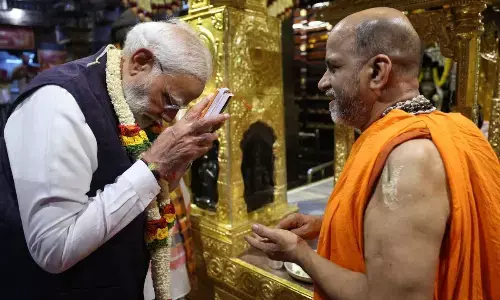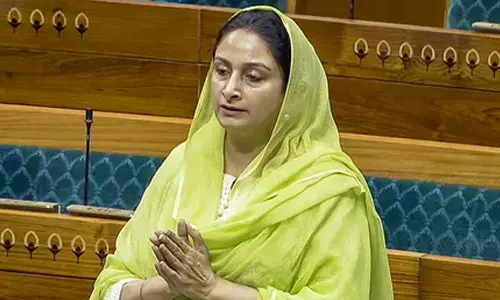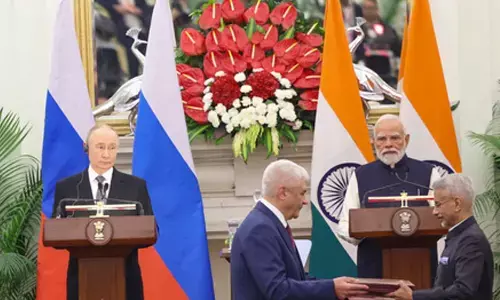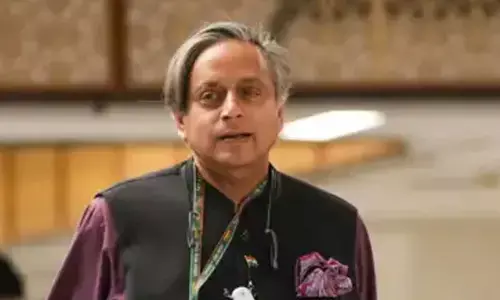Economy gets inflation shock
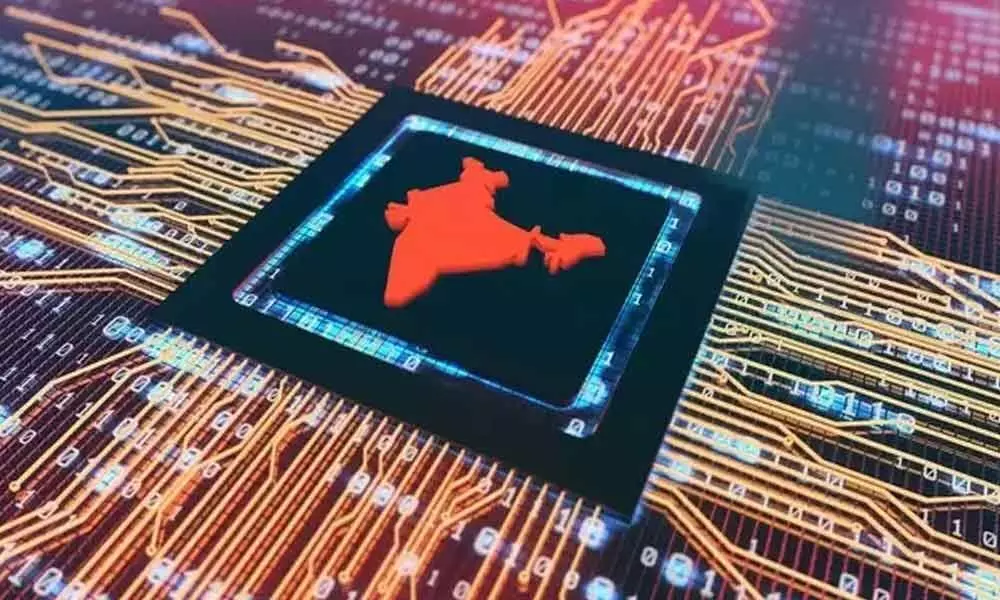
With Gross Domestic Product (GDP) falling to six-year low of 4.5 per cent in Q2 (July-Sept 2019), it is crystal clear that India's economy is in a slowdown mode and the sluggishness has not yet bottomed out despite the central government initiating a series of stimulus measures.
With Gross Domestic Product (GDP) falling to six-year low of 4.5 per cent in Q2 (July-Sept 2019), it is crystal clear that India's economy is in a slowdown mode and the sluggishness has not yet bottomed out despite the central government initiating a series of stimulus measures.
Barring last November, manufacturing output also declined for the past four months. Further, eight core sectors comprising coal, crude oil, etc contracted for four months in a row till October last year.
As if these negative economic indicators are not enough, retail inflation soared to a five-year high of 7.35 per cent in December. The previous high was in July 2014 when inflation reading was at 7.39 per cent.
That was the time when Narendra Modi began his first innings as Prime Minister. The retail inflation based on consumer price index (CPI) was 2.11 per cent in December 2018 and 5.54 per cent in November last year.
Official data released by National Statistical Office (NSO) revealed that higher vegetable prices pushed up the inflationary pressures last month. Rise in the inflation in this segment was as high as 60.5 per cent thanks to steep prices of onion.
This reading was highest among all segments in retail inflation bouquet. 'Pulses and products' category was at a distant second, with inflation in this segment going up by 15.44 per cent. Food and beverages also played spoilsport and pushed up overall inflation as this segment registered 12.16 per cent rise in inflationary pressures.
Further, wholesale inflation also rose to 2.59 per cent in December, up from 0.58 per cent in November. The reading, however, was lower than 3.46 per cent recorded in December 2018. Sharp rise in prices of food items like onion and potato led to spurt in wholesale inflation last month.
The rise in inflationary pressures is bad for economy at a time when the Centre is trying to revive growth. Further, Centre mandated Reserve Bank of India to maintain retail inflation in the range of four per cent with a margin of 2 per cent on either side.
Under this, the comfortable level of inflation is between 2 per cent to 6 per cent. With December inflation print, at 7.35 per cent, outside the RBI's comfort level, it is very unlikely that the central bank will go for interest rate cut to spur growth when Monetary Policy Committee (MPC) meets in February first week. In last month's meeting, RBI kept key repo rates unchanged citing inflation concerns. Its fears came true now.
In a research report released on Tuesday, SBI, the country's largest lender, forecast that higher inflationary pressures will continue in January too. It projected a retail inflation of 8 per cent in this month. "Inflation is likely to remain above 6 per cent till June-July 2020," the report further observed.
If this comes true, RBI may change its policy stance from accommodative to neutral and may even hike key interest rates this year to rein in inflation. That will lead to further fall in GDP growth, which is not a good sign for the country.








